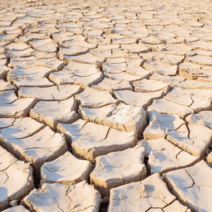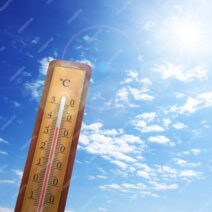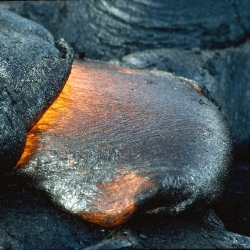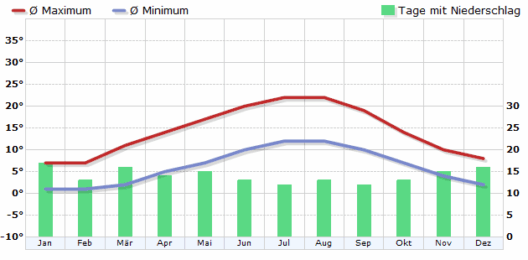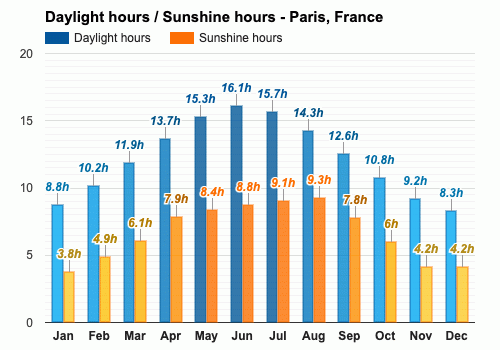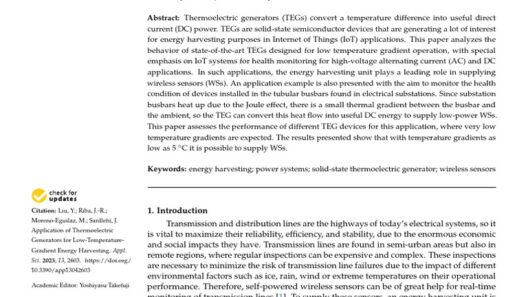Throughout natural history, Earth has undergone myriad climatological shifts, some abrupt and cataclysmic. A question that has intrigued scientists, meteorologists, and environmental enthusiasts alike is whether large volcanic eruptions induce global warming or cooling. At first glance, it may seem a paradoxical notion that such fiery phenomena could be associated with both warming and cooling. Yet, delving deeper into the science elucidates how volcanic activity can lead to a complex interplay of climatic effects.
To comprehend the relationship between volcanism and climate, one must first appreciate the composition and characteristics of volcanic eruptions. When a significant volcano erupts, it releases an array of substances, including ash, water vapor, and greenhouse gases such as carbon dioxide (CO2) and sulfur dioxide (SO2). The immediate aftermath of an eruption is characterized by the expulsion of ash clouds into the atmosphere, which can obscure sunlight and cool the Earth’s surface. Therefore, the initial query—do large volcanic eruptions cause global warming or cooling?—is not so simplistic.
In fact, most large-scale eruptions result in a phenomenon known as “volcanic winter.” This occurs when substantial amounts of particulate matter and aerosols are propelled into the stratosphere. These particles can remain suspended in the atmosphere for months, effectively reflecting sunlight away from the Earth’s surface. Historical records illustrate this effect; for instance, the eruption of Mount Tambora in 1815 led to the infamous “Year Without a Summer” in 1816, when global temperatures plummeted, resulting in widespread crop failures and social unrest.
Yet, the long-term consequences of volcanic eruptions are intricately entwined with the gases they release. While ash and aerosols have a cooling effect, volcanic gases like CO2 can contribute to warming events over extended periods. While the immediate aftermath of large eruptions may yield provisional cooling, the resultant increase in greenhouse gases might subtly accelerate warming trends in the decade following an eruption. A playful question arises: Can Mother Nature be both a villain and a savior at the same time?
As we explore this duality further, we might consider the “Charney hypothesis,” which posits that regions of the globe respond differently to volcanic activity based on pre-existing conditions. For instance, if an eruption occurs during a cooler climatic period, its cooling effects may dominate, whereas eruptions in already warm epochs may exacerbate warming by adding CO2 to the atmosphere. Thus, while the immediate effects lean toward cooling, it’s essential to consider the long-term implications and context—an intricate tapestry of cause and effect.
The frequency and magnitude of volcanic eruptions also merit examination. A singular event like the eruption of Mount St. Helens in 1980 produced a short-term cooling effect, primarily due to the ash fallout. However, the aggregate impact of many smaller eruptions over time contributes to the cumulative greenhouse effect. Scientists estimate that, across centuries, volcanic eruptions have contributed approximately one-third of the CO2 levels found in the atmosphere due to human activities. This brings into focus the interesting challenge of discerning natural volcanic contributions from anthropogenic ones.
Moreover, one must also consider the geographical nuances of volcanic eruptions. Eruptions that occur near the equator are particularly influential, due to their ability to distribute ash and gases widely in the atmosphere. Conversely, eruptions in the polar regions might have localized cooling effects with limited global ramifications. This geographical perspective adds layers of complexity to the ongoing debate about the role of volcanism in climate dynamics.
Another crucial element in the discourse is the timescale over which we assess these volcanic impacts. In the short term, there’s a pronounced cooling that follows a large eruption due to reflective particles in the atmosphere. However, in the long term, the potential for greenhouse gas accumulation could reinforce warming trends. This dichotomy poses an intriguing challenge for climate scientists: how to balance immediate climatic reactions against longer-term effects in climate models forecasting future conditions.
It is also imperative to consider how volcanic eruptions interact with other climate variables. The role of solar irradiance and human-induced climate change cannot be ignored. While volcanic eruptions can exert temporary changes in temperature, human activities, notably the burning of fossil fuels, are driving unprecedented increases in atmospheric CO2. In this evolving scenario, one might wonder: Are the consequences of volcanic eruptions mere footnotes to the broader narrative of climate change driven by anthropogenic forces?
As societies grapple with the realities of climate change and global warming, understanding the multifaceted relationship between volcanic activity and climate becomes essential for crafting informed policies. Due recognition of both the short-term cooling effects and long-term warming potential of volcanic eruptions could better prepare us for future climatic challenges. As we face the specter of climate change, perhaps the most important lesson is that we must remain vigilant and informed, recognizing that nature often presents us with paradoxes that challenge our understanding and responses.
In conclusion, the nuanced interplay between large volcanic eruptions and climate reveals a duality of effects—initial cooling accompanied by potential long-term warming. As we grapple with what this means for our understanding of climate dynamics, it invites questions about how we engage with the environment and potential solutions for the climate crisis. Embracing both the complexity and the unforeseen consequences of these geological phenomena is vital for fostering a resilient approach to climate activism and policy.
